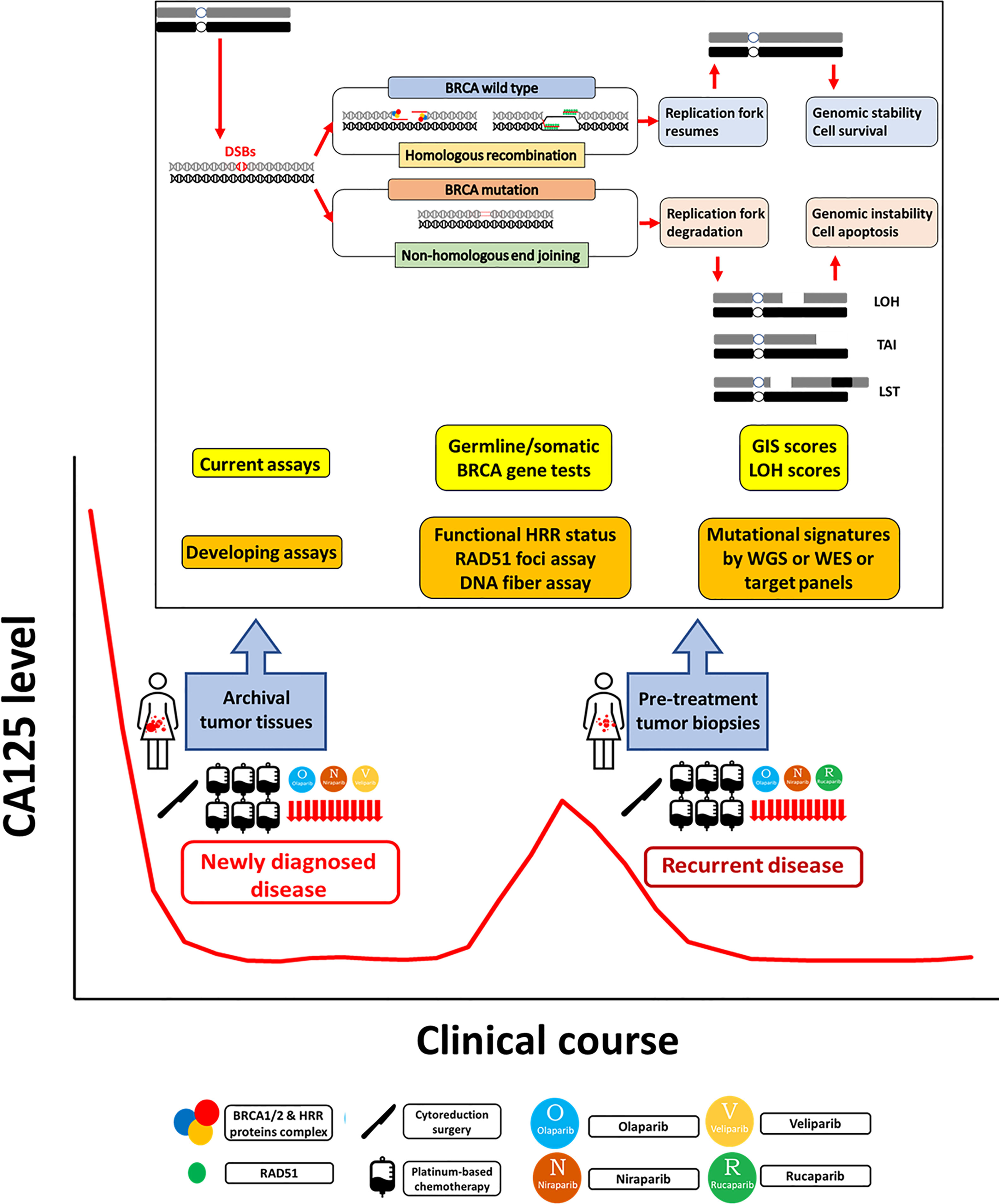
Intention-to-treat analysis of the primary endpoint revealed a median PFS duration of 22.1 months for the patients given olaparib–bevacizumab versus 16.6 months for those given placebo–bevacizumab, with a significant hazard ratio (HR) for death or progression of 0.59. Patients with newly diagnosed high-grade serous or endometrioid disease were treated with surgery and platinum–taxane chemotherapy and at least three cycles of bevacizumab 15 mg/kg every 3 weeks before randomisation to receive maintenance treatment with olaparib 300 mg twice daily for 2 years plus bevacizumab for up to 15 months (n=537), or to receive placebo plus maintenance bevacizumab (n=269). Speaking to medwireNews, the presenter said she believes the PAOLA-1 findings are “changing practice, as we report that patients in first-line treatment need to receive a PARP inhibitor in combination with bevacizumab.” The progression-free survival (PFS) trial findings were reported at the ESMO Congress 2019 in Barcelona, Spain, by Isabelle Ray-Coquard, from Centre Léon Bérard in Lyon, France. MedwireNews: Findings from the PAOLA-1/ENGOT-ov25 study indicate that patients derive a significant benefit from the use of the PARP inhibitor olaparib alongside maintenance bevacizumab after first-line treatment for stage III–IV ovarian cancer with a homologous recombination deficiency (HRD). ESMO Recommendations in Precision Medicine.Precision Medicine and Validated Biomarkers.Multikinase Inhibitor-Related Skin Toxicity.Cancer in Special situations (pregnancy, young, elderly, hereditary.).

Cancer Aetiology, Epidemiology and Prevention.PARP inhibition and DNA Damage Response (DDR).

Drug-Drug Interactions with Kinase Inhibitors.Anti-Cancer Agents and Biological Therapy.Hasenclever-Index for Hodgkin's Disease.International Prognostic Index Tools for Lymphoma.ESMO Members: Build Your Own ESMO Library.ESMO Webinar Series on-demand recordings.Clinical Pharmacology of Anti-Cancer Agents.Cancer Treatment in Special Clinical Situations.Rehabilitation Issues During Cancer Treatment and Follow-Up.Cancer Diagnosis and Treatment Evaluation.



 0 kommentar(er)
0 kommentar(er)
